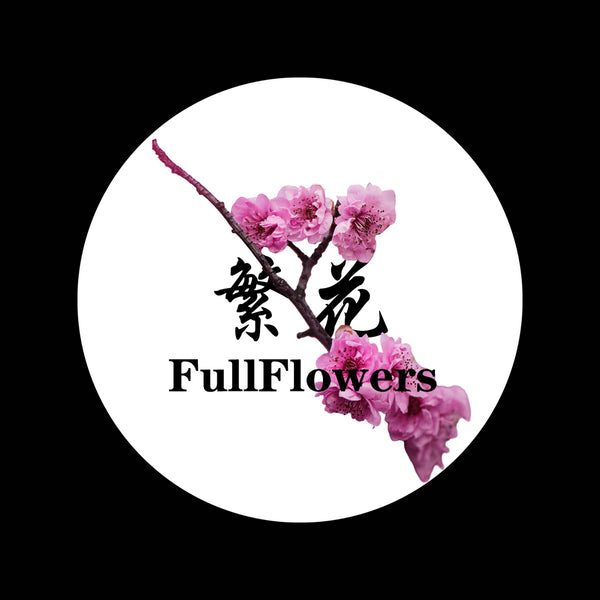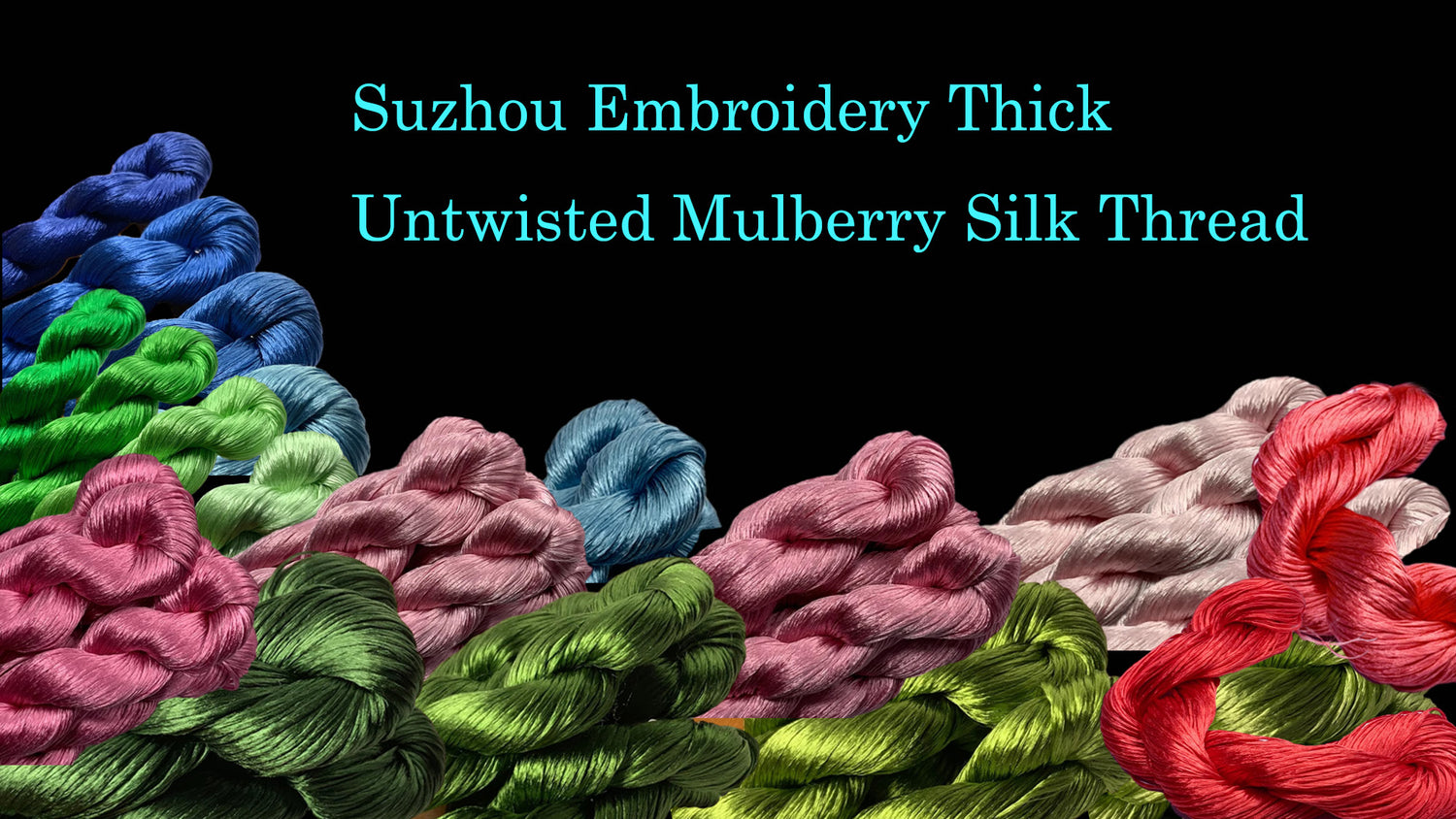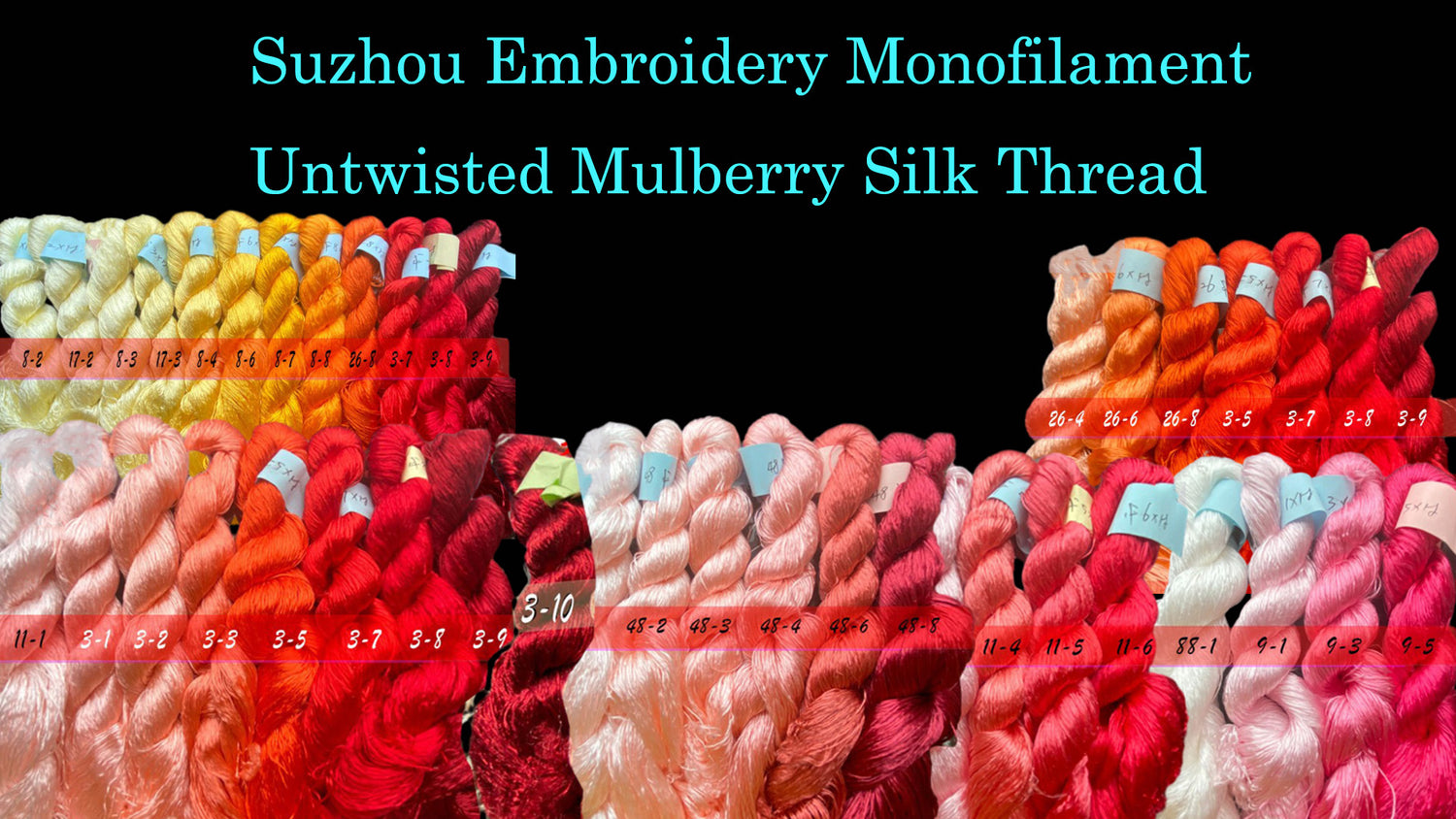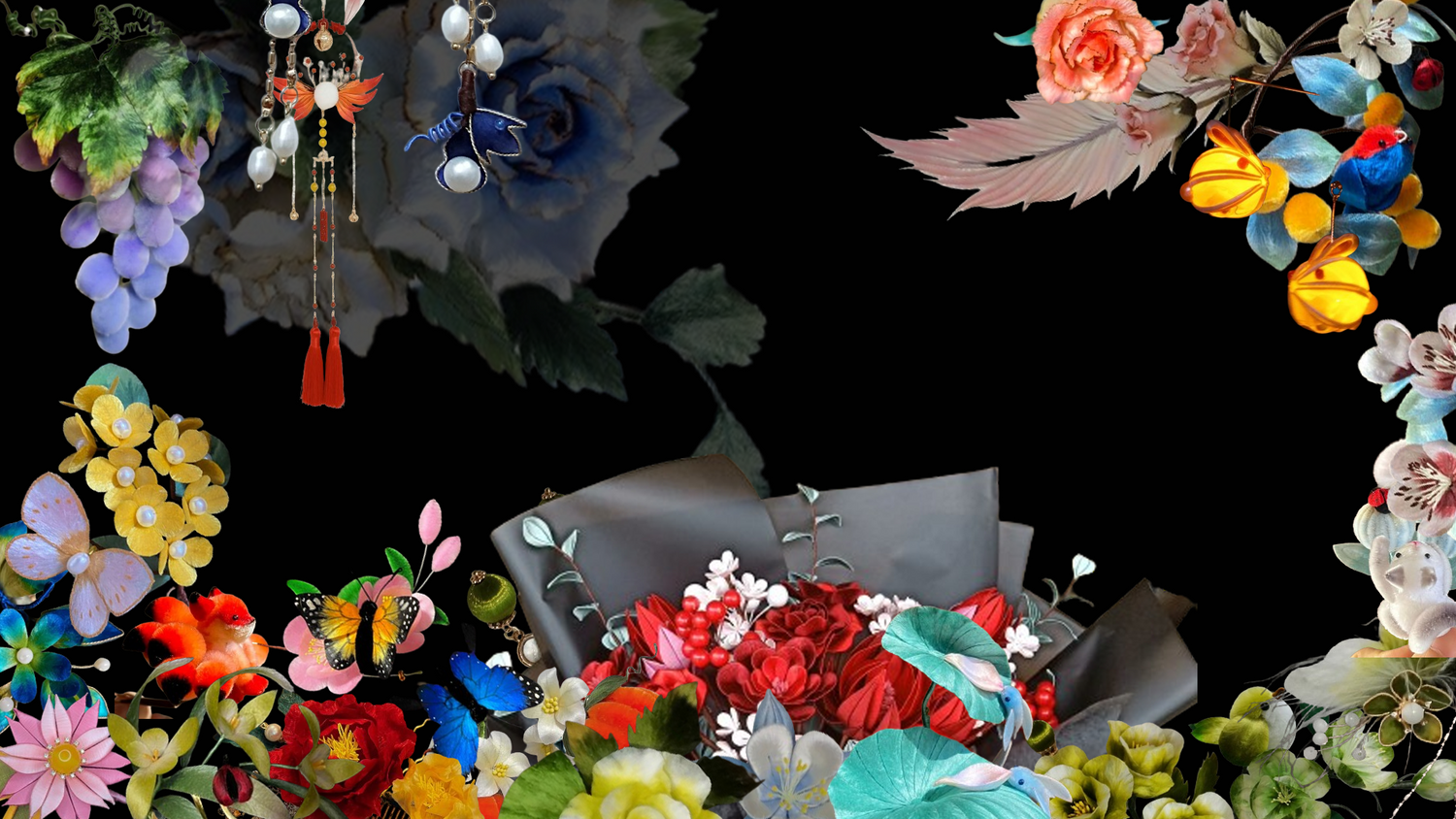
Tools and Materials Needed for Chanhua Making 01
Share
To excel in any task, one must first sharpen their tools. This section primarily introduces the tools and materials needed for making Chanhua, explaining their usage methods and some precautions.
2.1.1 Basic Tools and Materials
Generally speaking, the following tools and materials are indispensable for making Chanhua.
1. Scissors

The image above shows three different types of scissors: from right to left, they are curved scissors, regular scissors, and serrated fishing line scissors. When making Chanhua, scissors are usually used to cut cardboard or silk threads. When using scissors, position the cardboard or silk threads close to the scissor axis, control the force, and use appropriate cutting techniques.
Curved scissors are mainly used for cutting curved designs and are also very convenient for cutting wire.
Serrated fishing line scissors are more suitable for beginners to cut simple designs. The edges of the paper cut with these scissors will have serrations that prevent silk threads from slipping.
2. Silk Threads and Rayon Threads

Silk threads and rayon threads are the main materials for making Chanhua. The image above shows, from left to right, silk threads, high-gloss rayon threads, and matte rayon threads.
Silk threads: One common type of silk thread is the Suzhou embroidery thread. Silk threads have a smooth surface, soft texture, good elasticity, and a variety of colors. Before using, silk threads usually need to be split by separating two threads from the middle and then combining them. To avoid tangling, pre-split silk threads can be purchased. If silk threads become fuzzy, lightly singe the fuzzy part with a lighter to shrink it without burning the thread. To prevent fuzziness, use a damp cloth to wipe fingers before handling the silk threads to reduce friction.
Rayon threads: Rayon threads are generally divided into high-gloss and matte types. High-gloss rayon threads have a noticeable sheen, while matte threads do not. Although rayon threads come in fewer colors, they have a better texture and can be used to make branches, petals, and for internal filling. Note that high-gloss rayon threads are made of synthetic fibers and should not be singed with a lighter to avoid blackening.
3. Iron Wire for Flower Making and Copper Wire

The image above shows iron wire and copper wire needed for making Chanhua. The iron wire is commonly used in jewelry making, with typical diameters of 0.3mm and 0.4mm in gold color. For Chanhua, the 30-gauge iron wire is pliable and can be bent into different shapes. Compared to copper wire, iron wire is harder and provides better support. Copper wire is often used for external decoration in Chanhua making.
4. Cardboard

Cardboard is used for drawing the parts of Chanhua. Silk threads, being soft, need the support of cardboard to form specific shapes. Beginners are recommended to use 350g white cardboard for easy control. Once proficient, 300g cardboard can be used as it balances hardness and flexibility, allowing for more dramatic bends.
 The image above shows flower petals drawn on cardboard.
The image above shows flower petals drawn on cardboard.
5. White Glue, Alcohol Glue, and Edge Sealing Liquid

The image above shows, from left to right, white glue, alcohol glue, and edge sealing liquid, which are the adhesives needed in Chanhua making.
- White glue is typically used for sticking silk threads and dries quickly.
- Alcohol glue is used for sticking rayon threads and Chanhua parts, being colorless and transparent with strong adhesion, and can be used for sealing to prevent fraying.
- Edge sealing liquid is often applied to the back of the cardboard to prevent the threads from coming loose during Chanhua making.








4 Kommentare
lindo demais, vou aprender…
Beautiful and neat work
Beautiful work. Would love to kn9w more.
Love your work